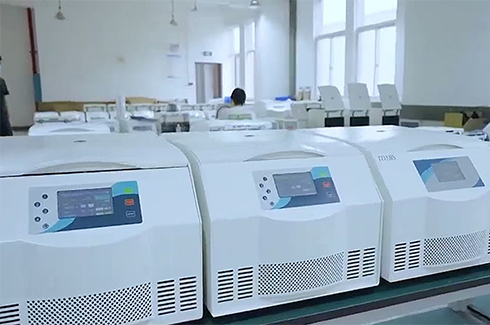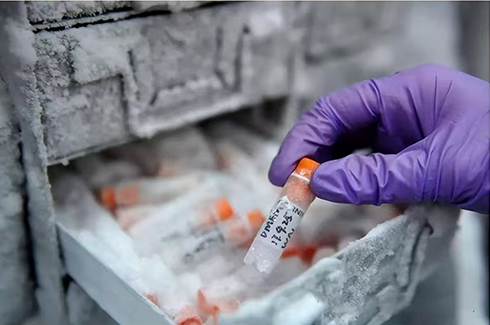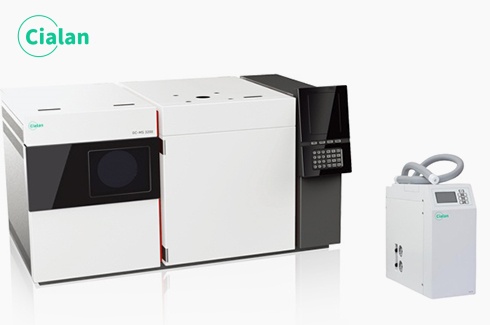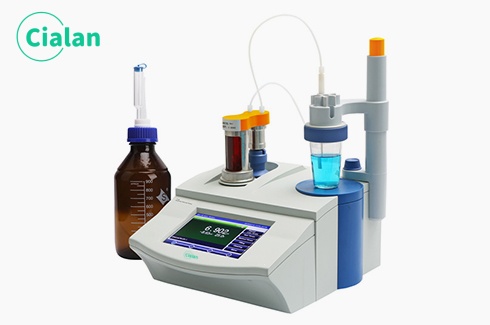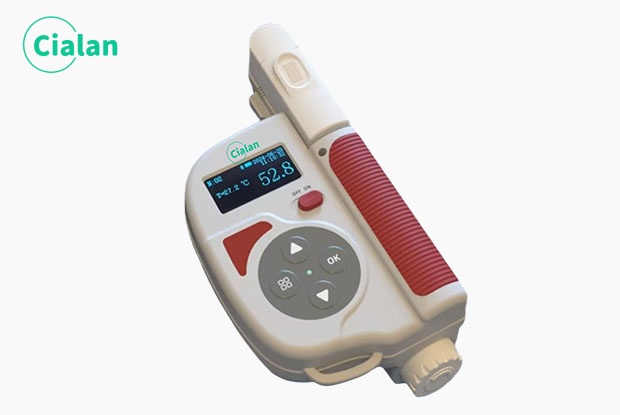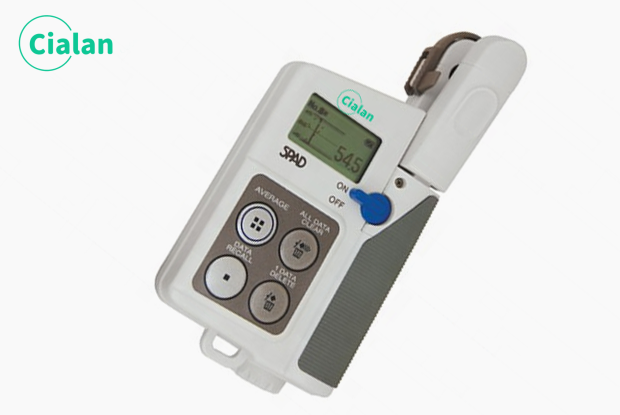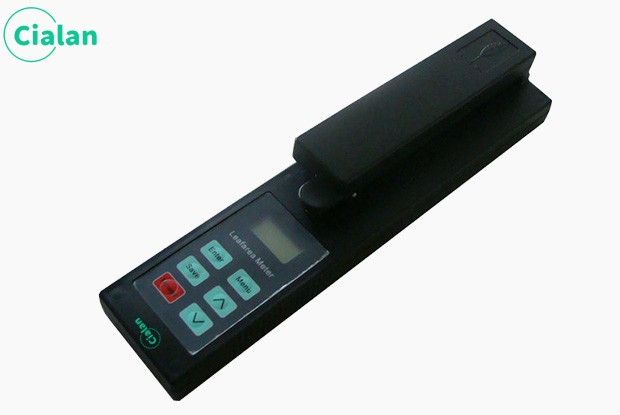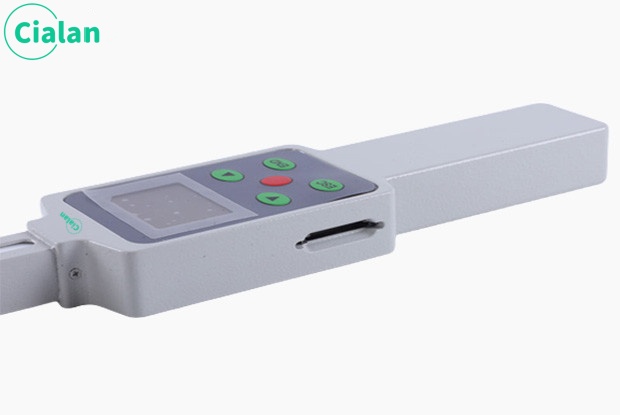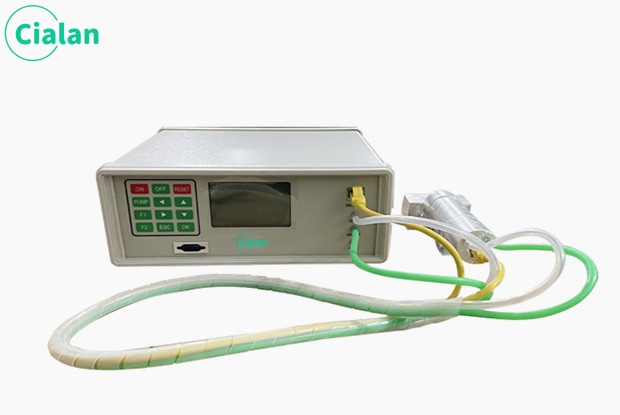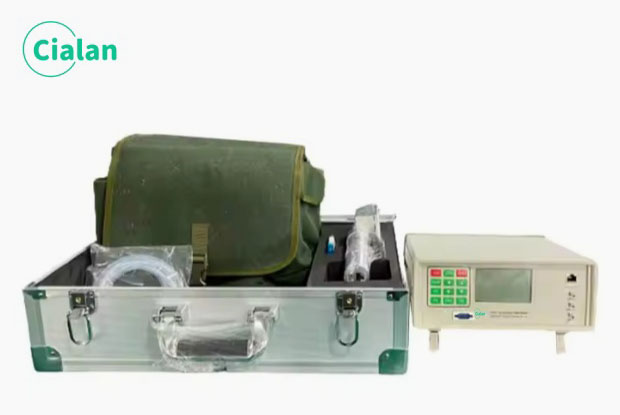Photosynthesis analyzer helps study the physiological characteristics of plants.
What is a plant photosynthesis meter?
The photosynthesis meter is not as simple as simply looking at whether the plant is performing photosynthesis and where it is going. It is a systematic and comprehensive instrument that can detect many values, mainly photosynthesis, including transpiration, More than a dozen data indicators, including carbon dioxide concentration and water content, can be used to conduct botany analysis and research and explain university knowledge, and are commonly found in laboratories in these two places.

Photosynthesis is very important to plants and humans.
Photosynthesis is an important link in plant growth. Plant photosynthesis is an important mechanism for plants to exchange nutrients. It is a process in which plants convert inorganic substances into organic substances, convert and store solar energy, and make the contents of oxygen and carbon dioxide in the atmosphere relatively stable. The photosynthesis of green plants is not only important to themselves but also to us humans.
During the entire process, plants convert carbon dioxide and water into organic matter and at the same time release oxygen, which is crucial to maintaining the balance of our atmosphere. It can be said that photosynthesis is closely related to plant growth and even the evolution of organisms. Therefore, in modern agricultural scientific research, using a photosynthesis meter to measure the photosynthesis of plants can help study the physiological characteristics of plants, thereby providing important information for high yield and high quality. basic conditions.
Application.
The photosynthetic effect is not something we can intuitively feel, so we need to use the instruments provided by Aoda to measure gas CO2 concentration, air temperature and humidity, plant leaf temperature, photosynthetically active radiation, intercellular CO2 concentration, gas flow, and other factors. It also calculates the four major photosynthetic indicators of plants: photosynthetic (respiration) rate, transpiration rate, stomatal conductance, and water utilization rate, and can also be used as a carbon dioxide recorder alone.
The instrument has high stability and convenience, and can simultaneously measure photosynthetic rate, transpiration rate, intercellular carbon dioxide concentration, stomatal conductance, and water use efficiency, as well as carbon dioxide concentration, relative humidity, photosynthetically active radiation and air temperature, leaf temperature, atmospheric pressure, etc. Indicators can effectively simplify the complex plant physiological research process.
In plant physiological research, the use of photosynthesis measuring instruments can quickly understand the strength of plant photosynthesis, and effectively help researchers study the physiological characteristics of crops to improve crop yield and quality.
The photosynthesis meter is not as simple as simply looking at whether the plant is performing photosynthesis and where it is going. It is a systematic and comprehensive instrument that can detect many values, mainly photosynthesis, including transpiration, More than a dozen data indicators, including carbon dioxide concentration and water content, can be used to conduct botany analysis and research and explain university knowledge, and are commonly found in laboratories in these two places.

Photosynthesis is very important to plants and humans.
Photosynthesis is an important link in plant growth. Plant photosynthesis is an important mechanism for plants to exchange nutrients. It is a process in which plants convert inorganic substances into organic substances, convert and store solar energy, and make the contents of oxygen and carbon dioxide in the atmosphere relatively stable. The photosynthesis of green plants is not only important to themselves but also to us humans.
During the entire process, plants convert carbon dioxide and water into organic matter and at the same time release oxygen, which is crucial to maintaining the balance of our atmosphere. It can be said that photosynthesis is closely related to plant growth and even the evolution of organisms. Therefore, in modern agricultural scientific research, using a photosynthesis meter to measure the photosynthesis of plants can help study the physiological characteristics of plants, thereby providing important information for high yield and high quality. basic conditions.
Application.
The photosynthetic effect is not something we can intuitively feel, so we need to use the instruments provided by Aoda to measure gas CO2 concentration, air temperature and humidity, plant leaf temperature, photosynthetically active radiation, intercellular CO2 concentration, gas flow, and other factors. It also calculates the four major photosynthetic indicators of plants: photosynthetic (respiration) rate, transpiration rate, stomatal conductance, and water utilization rate, and can also be used as a carbon dioxide recorder alone.
The instrument has high stability and convenience, and can simultaneously measure photosynthetic rate, transpiration rate, intercellular carbon dioxide concentration, stomatal conductance, and water use efficiency, as well as carbon dioxide concentration, relative humidity, photosynthetically active radiation and air temperature, leaf temperature, atmospheric pressure, etc. Indicators can effectively simplify the complex plant physiological research process.
In plant physiological research, the use of photosynthesis measuring instruments can quickly understand the strength of plant photosynthesis, and effectively help researchers study the physiological characteristics of crops to improve crop yield and quality.


